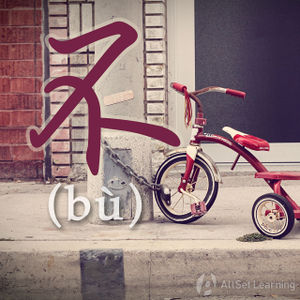Difference between revisions of "Tag questions with "bu""
| Line 16: | Line 16: | ||
<div class="liju"> | <div class="liju"> | ||
| − | * 咱们 去 咖啡 店,<em> 好不好 </em> ? | + | * 咱们 去 咖啡 店,<em> 好不好 </em> ?<span class="trans">Let's go to the cafe, OK?</span> |
| − | * 我们 喝 茶, <em> 好不好 </em>? | + | * 我们 喝 茶, <em> 好不好 </em>?<span class="trans">Let's have tea, OK?</span> |
| − | * 他 是 你 的 老板,<em> 对不对 </em> ? | + | * 他 是 你 的 老板,<em> 对不对 </em> ?<span class="trans">He's your boss, right?</span> |
| − | * 你 姓 王,<em> 是不是 </em> ? | + | * 你 姓 王,<em> 是不是 </em> ?<span class="trans">You last name is Wang, is it not?</span> |
</div> | </div> | ||
Revision as of 06:58, 28 January 2013
-
Level
-
Similar to
-
Used for
-
Keywords
As well as tag questions with ma, tag questions can also be formed using 不. This is done with a positive negative question.
Structure
Verb + 不 + Verb
This can then be attached to the end of a sentence to form a tag question. Tag questions seek confirmation or acceptance of what has been said. In English, "right?" and "OK?" are often used as tag questions.
Examples
- 咱们 去 咖啡 店, 好不好 ?Let's go to the cafe, OK?
- 我们 喝 茶, 好不好 ?Let's have tea, OK?
- 他 是 你 的 老板, 对不对 ?He's your boss, right?
- 你 姓 王, 是不是 ?You last name is Wang, is it not?



